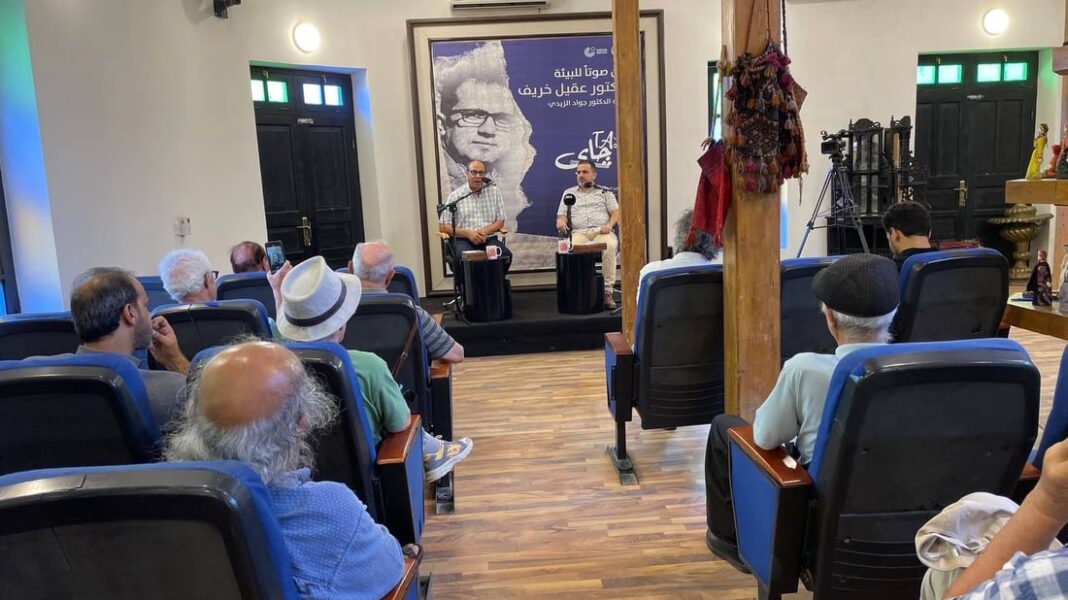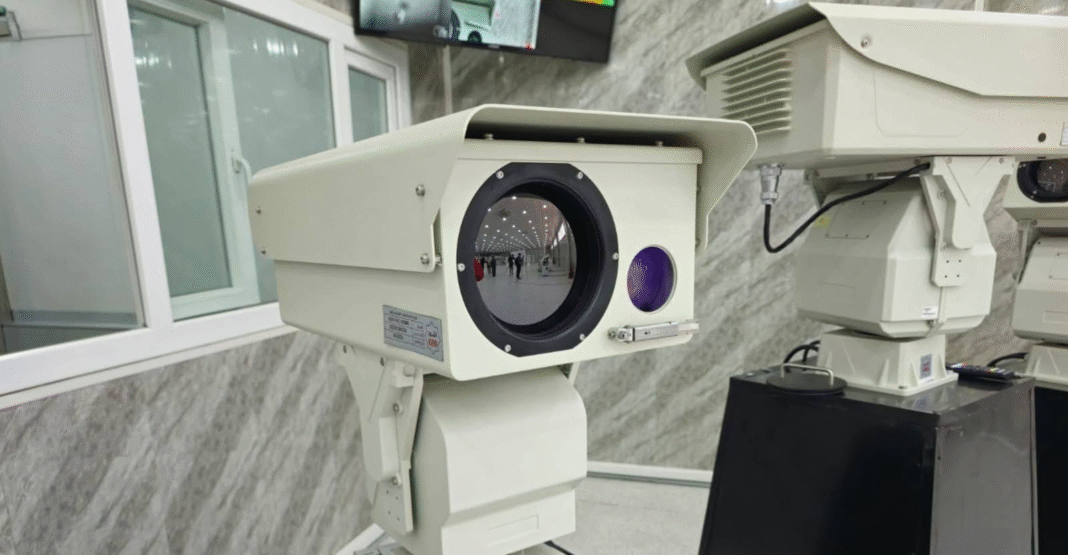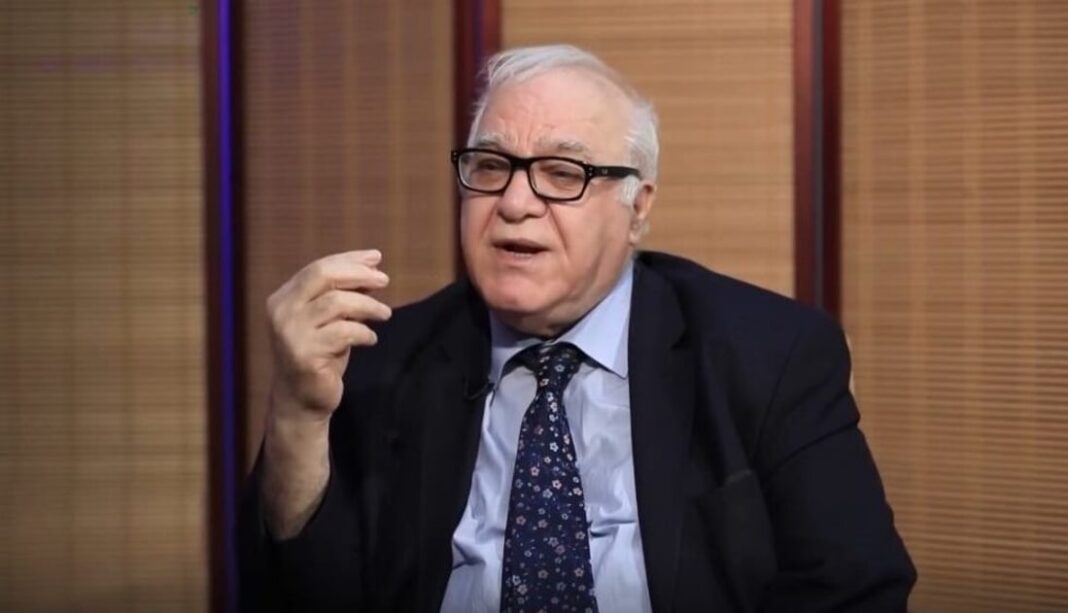Art and environmental awareness took center stage at a recent panel on Baghdad’s famous Mutanabbi Street. The Al-Mada Foundation for Culture and Arts, along with the Goethe-Institut, hosted the discussion titled, “Can art reshape our relationship with the environment?”
the panel featured Dr. Aqeel Khuraif, an artist and academic from Al-Mustansiriya University. Researcher and lecturer Moataz Enad moderated the session, which attracted strong engagement from young attendees.
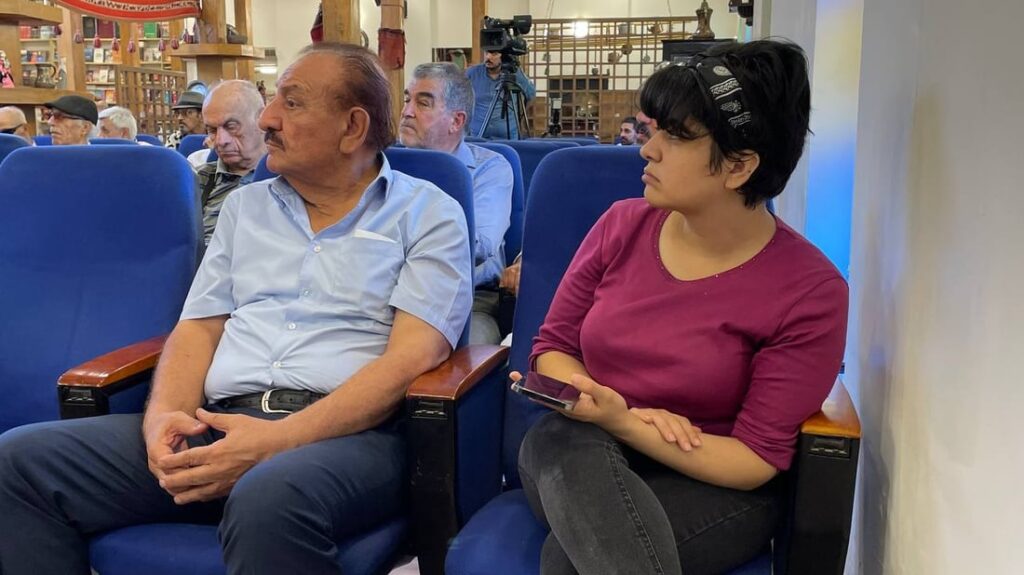
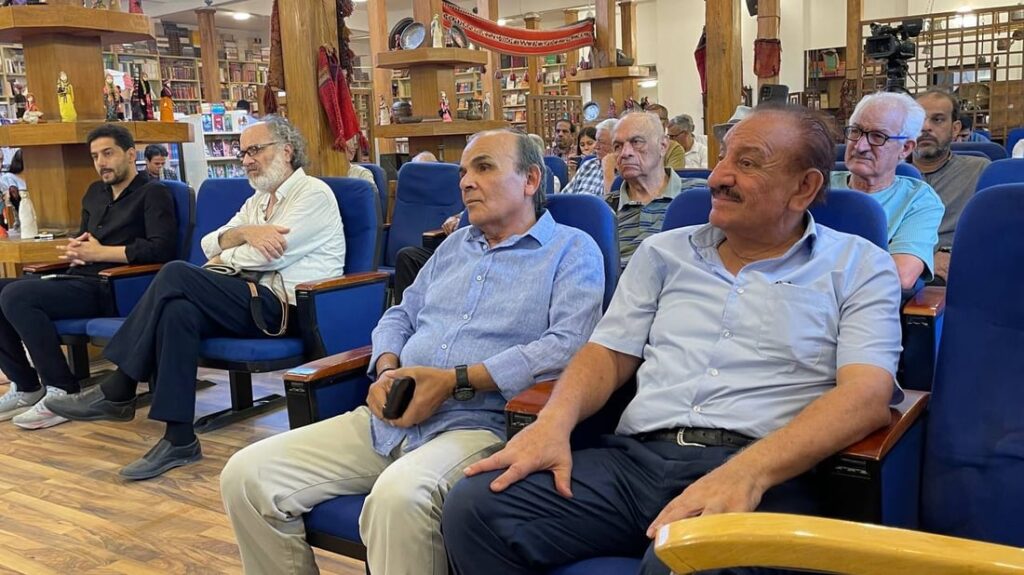
Specifically, Khuraif creates artwork from waste. His concern over Iraq’s rising post-2003 waste levels drives his creative process. He described Iraq as a “consumer society” and criticized the shutdown of hundreds of local factories.
Moreover, in his view, the absence of recycling and the reliance on imports have turned Iraq into “a landfill.” To reflect this, Khuraif uses discarded materials—especially shoes—to produce deeply symbolic pieces like his “Maps of Ruin” series, which depicts faces of ISIS.
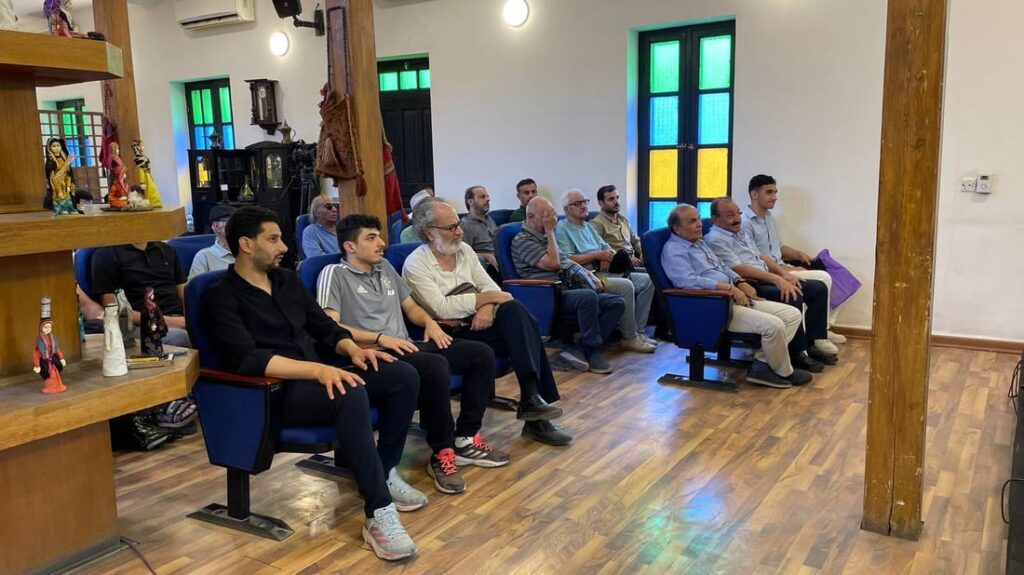
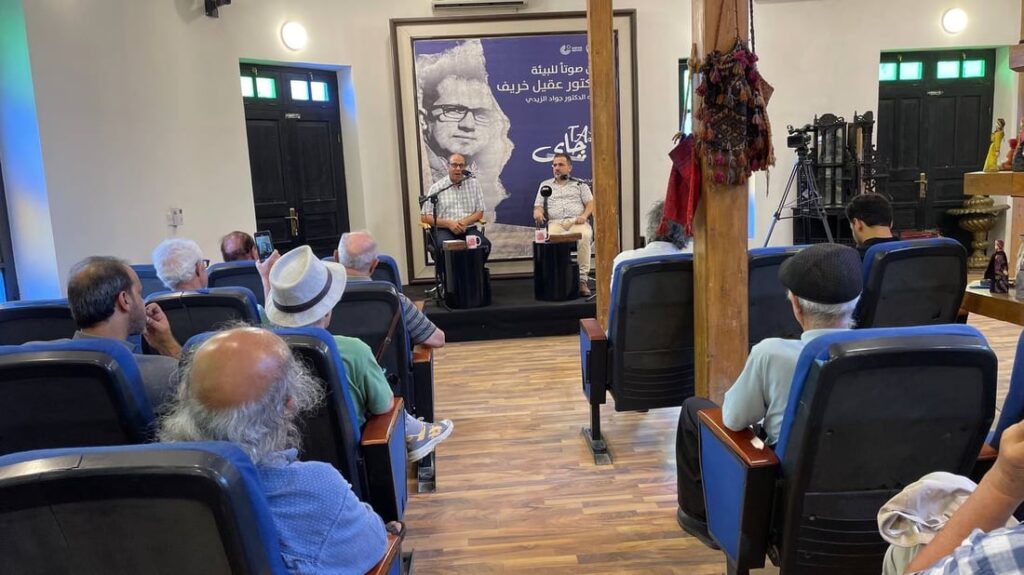
This method of art, he explained, is not unique to Iraq. Artists worldwide document social and political events through recycled objects. Khuraif belongs to a growing group focused on art and environmental awareness in response to pollution and overconsumption.
Viewers often express surprise when they discover his artworks are made from trash. That emotional response, he said, fosters dialogue and deeper reflection.
Khuraif also teaches this form of expression. His students strongly support the idea and show great enthusiasm during workshops. For three years, he has collaborated with the Goethe-Institut on student-led environmental art workshops.
These workshops brought together students from cities like Mosul, Basra, Ramadi, Baghdad, and Erbil. Despite past conflict and division, participants learned about each other’s cultures while exploring creative recycling methods.
Furthermore, Enad praised the event, calling the session “distinguished” for its youth participation. He emphasized that art and environmental awareness now go hand in hand globally. Art can present sustainability in ways that are visually compelling and emotionally impactful.
As Iraq grapples with environmental challenges, artists like Khuraif demonstrate how creativity can become a tool for change. His message is simple but powerful: waste can transform into something meaningful.

